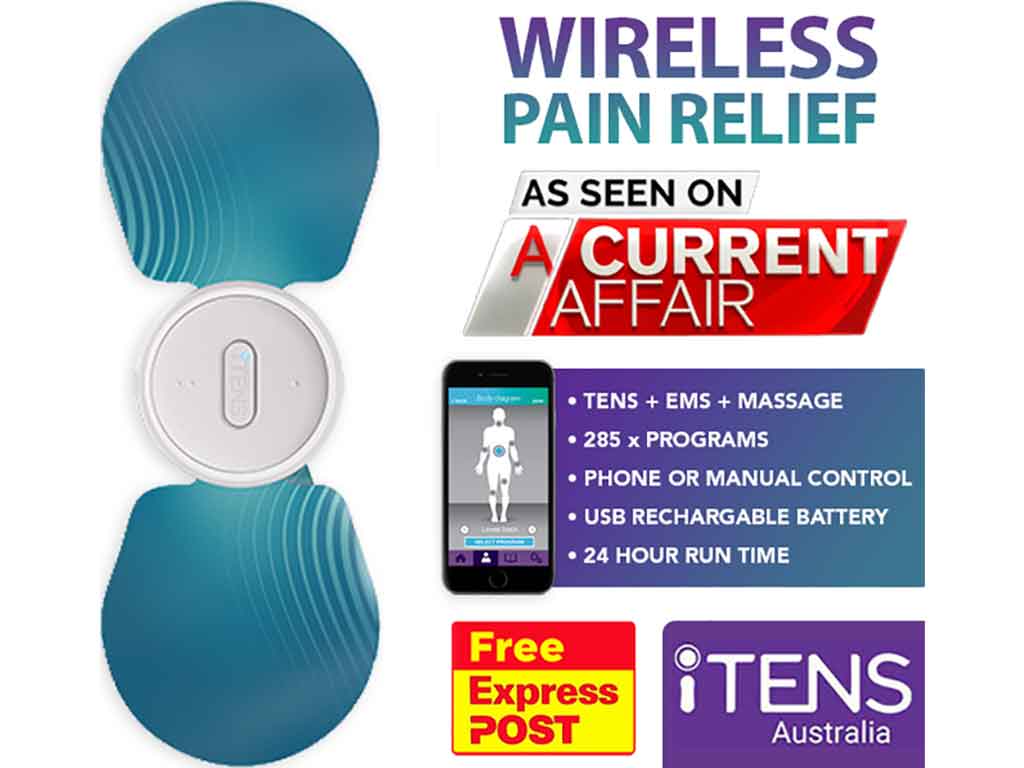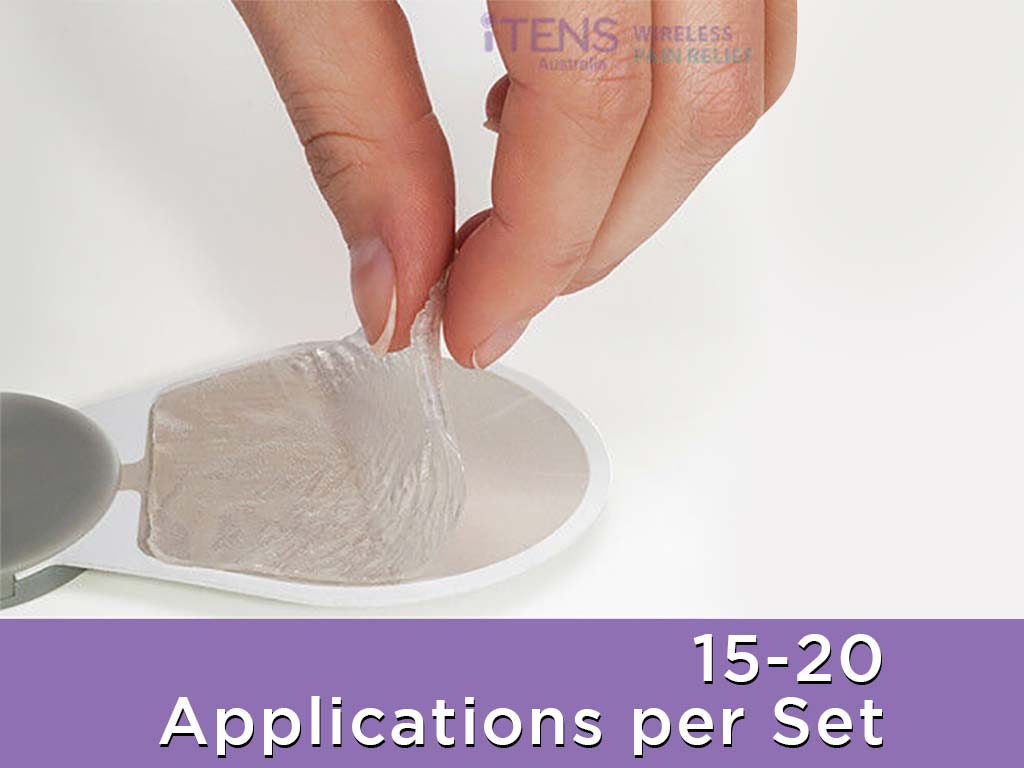
Many people rely on painkillers to relieve pain. However, there may be adverse side effects with constant use. Fortunately, there are more alternatives available, one of which is a nerve stimulator therapy machine, such as Transcutaneous Electrical Nerve Stimulation (TENS). This device is drug-free and non-invasive. Hence, the risks and potential aftereffects are minimal. The unit sends low-voltage electrical currents through the skin to stimulate the nerves, leading to effective pain relief.
Pain acts like a signal, telling someone that something is not right. People usually check the place where they feel pain. The feeling of pain can be different: it might be sharp, dull, throbbing, or burning. Consequently, some people turn to nerve stimulators like TENS for relief. This article will provide information about a nerve stimulator therapy device, including its mechanism of action, treatable conditions and safety precautions.
How a Nerve Stimulator Therapy Machine Works for Effective Relief
A nerve stimulator therapy machine relieves pain by sending electrical currents to the body through electrodes. The primary mechanisms involve the Gate Control Theory. This theory suggests that electrical stimulation helps to close the neural gates, blocking the transmission of pain signals to the brain.
Moreover, the machine stimulates the production of endorphins. These are natural painkillers that the body produces. When people apply the electrode pads, it triggers the release. It then binds to the opioid receptors in the brain and spinal cord. This binding action helps to reduce pain sensations and promote a sense of well-being.
In addition, nerve stimulator devices can enhance blood circulation, decrease inflammation, and aid in the recovery of injured tissues. The electrical stimulation can increase blood flow to the affected area. As a result, it can speed up the healing process. Some people also use nerve stimulator machines to help with muscle rehabilitation and re-education by promoting muscle contractions. Experimenting with different settings can help find the most effective relief.
Advantages Over the Other Treatment Solutions
- Nerve stimulators provide pain relief without the need for medication. It reduces the risk of side effects and dependency.
- Unlike surgical procedures or injections, the machine is non-invasive and does not require any incisions or invasive techniques.
- It can address various types of pain, including acute and chronic conditions, making it a versatile treatment option.
- The machine enables users to have a more localised and targeted approach to pain management through electrodes.
- Individuals can use the machine in conjunction with other treatment modalities, such as physical therapy or medication.
- A nerve stimulator offers personalised treatment options with adjustable settings.

Conditions a Nerve Stimulator Therapy Machine Can Treat
A nerve stimulator therapy machine can manage a variety of conditions. Firstly, the sudden and short-term acute pain. These include labour pain, postoperative pain, menstrual cramps, sports injuries, or tension headaches. Secondly, the machine can address persistent and long-lasting chronic pain. Conditions such as arthritis, fibromyalgia, and sciatica are some examples.
Thirdly, the device can manage musculoskeletal pain problems. This refers to various medical conditions that affect the muscles, tendons, ligaments, and bones. Also, it includes strains, sprains, knee pain, and other musculoskeletal injuries. Fourthly, the unit can address neuropathic pain, which arises from damage to the nerves. This may lead to feelings of burning, tingling, or shooting pain.
A nerve stimulator is also beneficial in the treatment of muscle pain, including soreness, tension, and overuse injuries. By delivering electrical pulses to the muscles, the machine can help reduce muscle discomfort and promote relaxation and recovery. Mostly, pain relief will last between five minutes to 24 hours. Some users experience relief while or after using the device.
Is It Safe?
Using a nerve stimulator is safe when used correctly. Thus, always follow the instructions of the manufacturer or a medical practitioner. Individuals with specific medical conditions, such as those with pacemakers, heart problems, epilepsy, or pregnant women, should avoid using the machine. This is because these health issues can become worse with electrical currents.
Operating the machine provides individuals with a reliable and secure method for managing pain and promoting muscle recovery. Use caution and stay attentive when utilising the unit to mitigate potential risks or complications. When there are concerns while or after administering the therapy, consult a doctor for further guidance.

Precautions When Using a Nerve Stimulator Therapy Machine
When using a nerve stimulator therapy machine, safety should always come first. Adhere to the advised time and intensity settings to minimise potential hazards. Additionally, inspect the electrical device for any damage before each use to avert accidents or injuries. After approximately 15-20 sessions, it is important to replace the electrode pads to maintain the peak performance of the machine.
Before applying electrical stimulation, ensure that the skin is clean and dry to avoid skin irritation or burns. Moreover, avoid placing the electrode patches on broken skin or close to the eyes and throat to prevent possible complications. On top of that, avoid using the machine while sleeping or driving, as this could lead to distraction and potential hazards.
Furthermore, it is crucial to keep the unit and its accessories away from children and pets to avoid any incidents or improper use. Store the machine in a secure, dry location to prevent damage or malfunctioning. Exposure to extreme temperatures or high humidity should be avoided, as it could lead to electrical hazards. Finally, refrain from using the machine near water to eliminate the risk of electric shocks.
Signs to See a Doctor
Some signs suggest the need to seek advice from a health professional while using a nerve stimulator. For example, if a person experiences severe or escalating pain during the therapy. Such discomfort could be a sign of an underlying health problem.
In addition, be aware of any unusual responses to the electrical stimulation, such as skin irritation, a burning sensation, or redness. These symptoms might indicate an allergic reaction or other health issues. Overall, knowing when to seek medical advice is important to ensure the safe and effective use of a nerve stimulator therapy device.
Conclusion
In conclusion, a nerve stimulator therapy machine effectively alleviates pain by sending electric currents through electrodes. It can block pain messages or induce the release of endorphins. The device aids in treating acute and chronic pain, musculoskeletal issues, and neuropathic pain. Users can customise settings for optimal relief, experiencing benefits during or after sessions. Overall, the nerve stimulator offers a versatile and efficient solution for managing various pain-related conditions.
When using a nerve stimulator, it is essential to prioritise safety. Users should follow recommended settings, check the device for damage, and replace electrode pads regularly. It is vital to apply the patches on clean, intact skin and avoid sensitive areas like the eyes and throat. Moreover, users should not use the machine while sleeping or driving and keep it away from children, pets, and water. If severe pain or skin reactions occur, seeking medical advice is advised.







